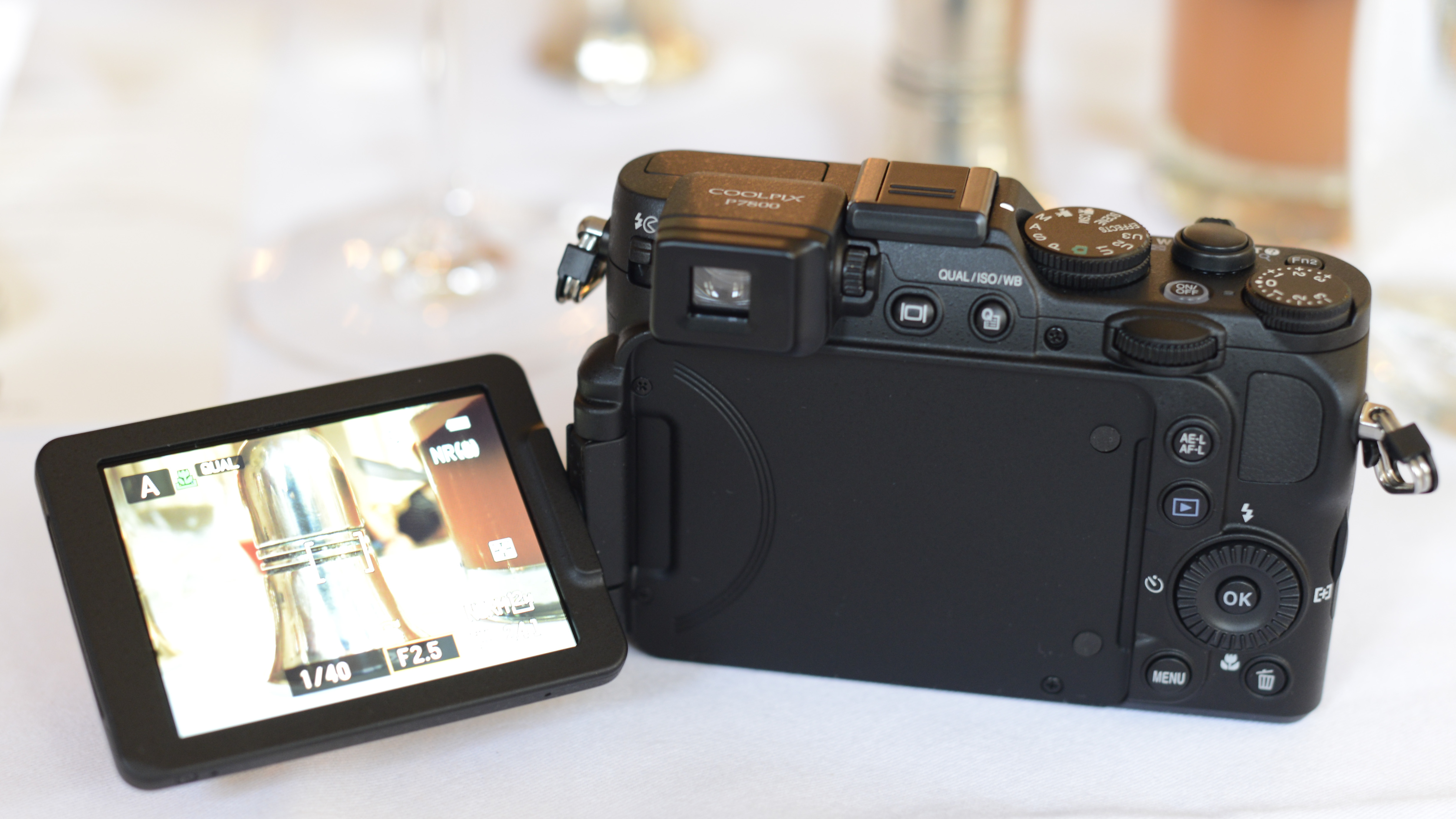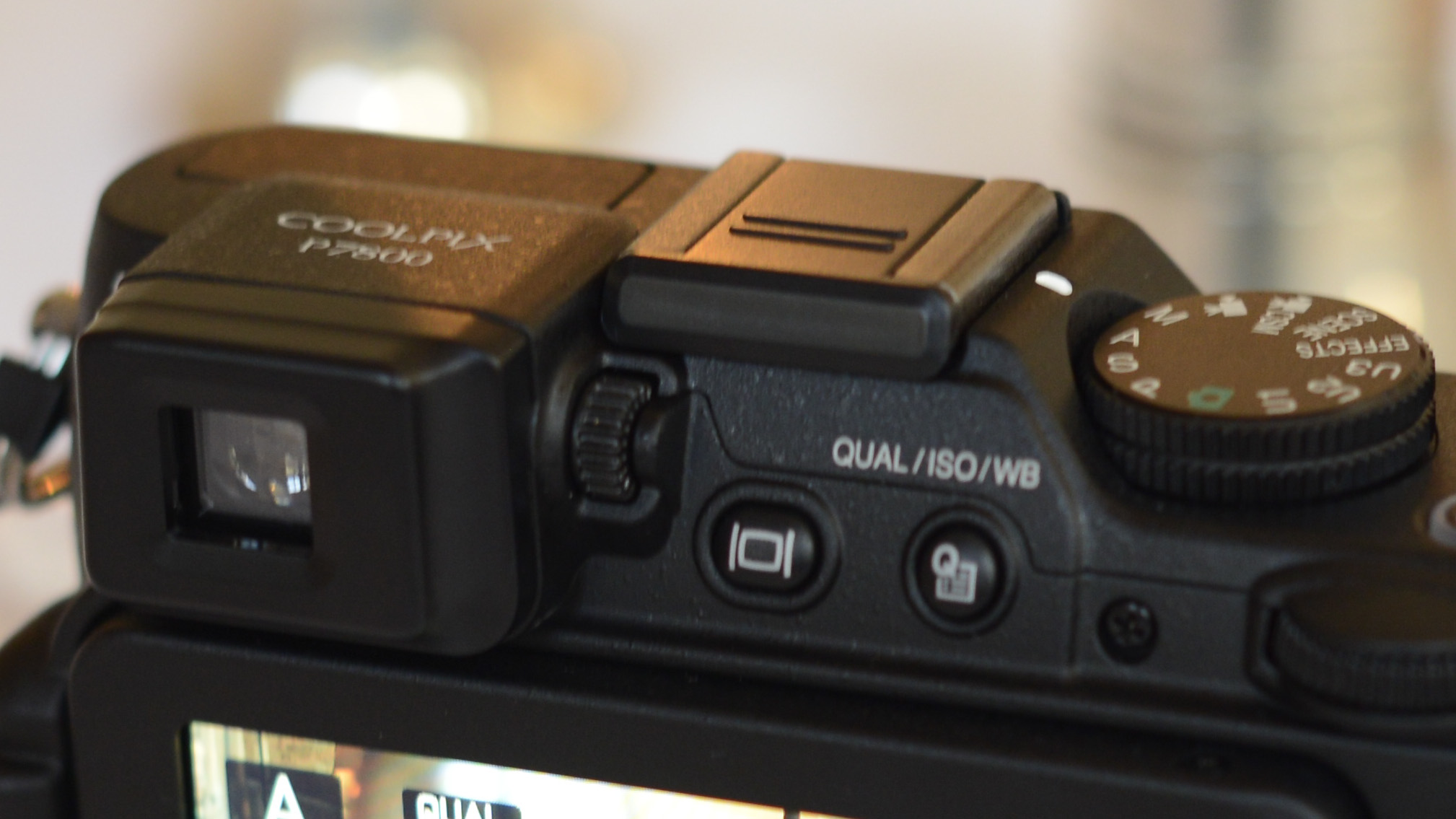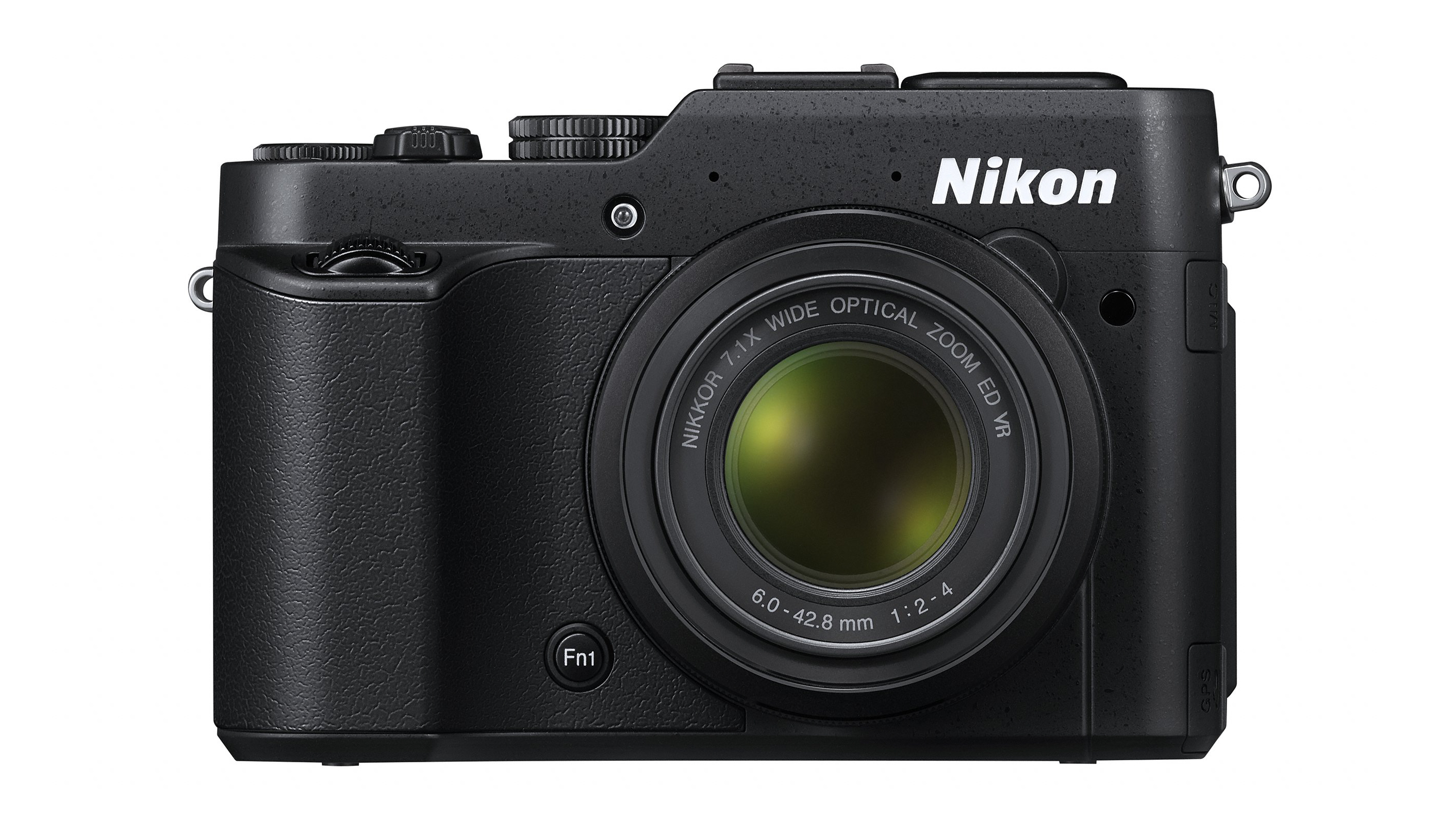TechRadar Verdict
Nikon has produced a very good compact camera and anyone purchasing it as a backup to a DSLR should be happy with. Similarly, anybody wanting to step up from a more basic point and shoot should also find a lot to like here.
Pros
- +
Full manual control
- +
Articulating screen
- +
EVF
Cons
- -
No touchscreen
- -
No Wi-Fi
Why you can trust TechRadar
The premium end of the compact camera market appears to be one sector that remains reasonably robust in what is generally a declining market. Offering full manual control for advanced photographers, they're often the first choice of both those looking to take a step up in image quality and control, and those wanting a less bulky camera to carry around when the DSLR is inconvenient.
Nikon's P7XX range has always been Nikon's attempt to fulfill that need for Nikon photographers, taking on the incredibly popular and well established Canon G range. Canon recently refreshed its model, in the shape of the G16, so it's no surprise to see Nikon follow suit with the Nikon P7800, replacing last year's Nikon P7700.
Featuring a 12 million-pixel resolution sensor, Nikon has chosen to keep the same physical size of 1/1.7 inch. That's the same size as the Canon offering, but quite significantly smaller than the Sony RX100 and RX100 II, models which have proven hugely popular in the past year or so and feature a 1-inch sensor (the same size as found in the Nikon 1 range of compact system cameras).
It also seems like a relatively low resolution, but it does compete precisely with the G16, which also features a 12.1 million-pixel sensor. The RX100 II features a 20.2 million-pixel sensor, but it's also a much larger device, so it's probably a sensible decision to keep the pixel count relatively low here
Nikon has also chosen to keep the same lens as its predecessor, with a 7.1x optical zoom device offering the equivalent of 28-200mm in 35mm terms. At the widest point of the lens, an f/2.0 aperture is offered - rising to a still respectable f/4.0 at the telephoto end of the optic. It doesn't quite compete with the likes of the Canon G16 and Sony RX100 II, which both offer f/1.8 optics. That said, the zoom ratio is longer, so if you're travelling you might be more enticed by the Nikon.
This camera offers full flexibility for advanced photographers, and includes full manual control as well as semi-automatic options, such as aperture priority. You can also shoot in raw format.
Unlike the Canon G16, the Nikon P7800's 3-inch screen is fully articulated – useful for shooting at awkward angles. It's still not touch sensitive though (neither is the Canon). It's an RGBW device, with the W standing for white and supposedly offering higher contrast than standard RGB monitors.

Previous generations of the P range of cameras have featured optical viewfinders, although the most recent versions had no finder at all. The Canon G16 features a small optical finder, but Nikon has decided to follow the same path as the Panasonic Lumix LF1 and introduce an integrated electronic viewfinder.
This viewfinder is a 921k dot device, and also features a dioptre adjustment dial, similar to those you might find on a DSLR camera. There's a hotshoe on top of the camera for adding optional accessories, such as a flashgun.

Unlike the G16, there's no Wi-Fi connectivity built in, which seems a bit of a shame. The camera is compatible with the Wu-1a optional accessory for adding Wi-Fi compatibility to the camera, but that will come at extra cost.
The Nikon P7800 is in clear competition with the G16, with the two priced very similarly, meanwhile, the RX100 II costs around £100/$150 more, so it could be seen as a more "budget" option compared with the Sony. That said, it still retails for around £500/$546, putting it in the same cost territory as full-blown DSLRs.
Amy has been writing about cameras, photography and associated tech since 2009. Amy was once part of the photography testing team for Future Publishing working across TechRadar, Digital Camera, PhotoPlus, N Photo and Photography Week. For her photography, she has won awards and has been exhibited. She often partakes in unusual projects - including one intense year where she used a different camera every single day. Amy is currently the Features Editor at Amateur Photographer magazine, and in her increasingly little spare time works across a number of high-profile publications including Wired, Stuff, Digital Camera World, Expert Reviews, and just a little off-tangent, PetsRadar.

